According to the May LANDTHINK Pulse results, 66% of our audience Strongly Agrees that the Bureau of Land Management has too much power for an appointed, unelected agency. The Bureau of Land Management (BLM) is a division of the U.S. Department of Interior that oversees more than 248 million acres of public lands – more land than any other government agency. The BLM’s responsibilities include managing the 27 million-acre National Landscape Conservation System and managing about 700 million acres of underground minerals like oil, gas and coal.
Last month, the May Pulse asked: Does the Bureau of Land Management have too much power for an appointed, unelected agency?
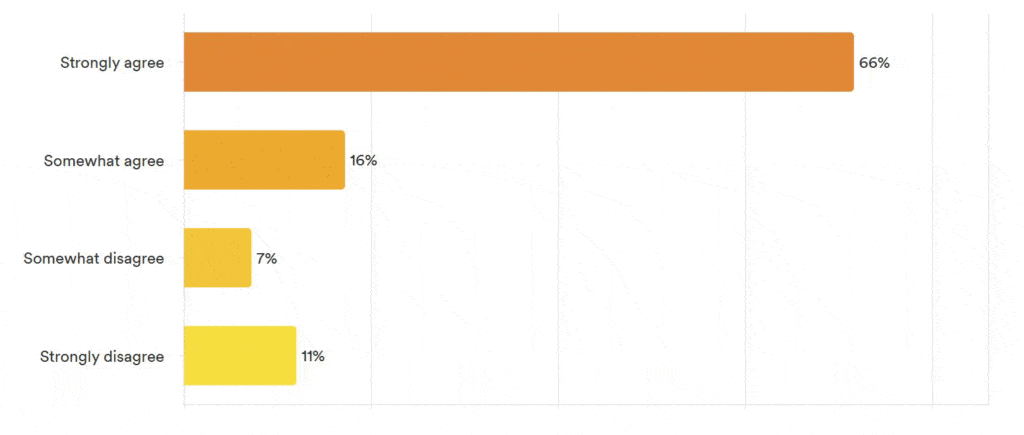
The BLM was established in 1946, but its roots go back to the years after America’s independence, when the young nation began acquiring additional lands. At first, these lands were used to encourage homesteading and westward migration. The General Land Office was created in 1812 to support this national goal.
Over time, values and attitudes regarding public lands shifted, and President Harry S. Truman, by means of a government reorganization, merged the GLO and the U.S. Grazing Service, creating the BLM. Currently, the BLM manages public lands and subsurface estate under its jurisdiction under the Federal Land Policy and Management Act (FLPMA), passed in 1976.
The vast majority of BLM land is primarily concentrated across 12 western states (Alaska, Washington, Oregon, California, Idaho, Montana, Wyoming, Utah, New Mexico, Colorado, Nevada, and Arizona). Over 99% of BLM land is free or inexpensive to access, and includes some of the most inspiring landscapes in the United States, like the Hells Canyon Wilderness in Idaho and Utah’s Corona Arch. Camping, biking, hiking, hunting, pets, and off-road driving (on designated routes) are allowed in many places.
Thousands of wildlife species also live on BLM land, including more than 330 threatened or endangered species and 2,430 sensitive species. Some of this land also contains cultural and historical artifacts and resources, like Native American dwellings and petroglyphs, fossils, and early pioneer structures.
The BLM also helps manage 260 designated wilderness areas and 491 wilderness study areas; these spots have the highest level of federal protection, so development and mechanical vehicles are not allowed. In addition, the BLM manages 28 of the country’s 122 national monuments, 2,400 miles of Wild and Scenic Rivers, and some 6,000 miles of National Scenic and Historic Trails. Collectively, these areas are known as National Conservation Lands, and comprise some 33 million acres.
The Director of the BLM is nominated by the President and must be confirmed by the Senate. The nomination process includes vetting by the White House and a Senate confirmation hearing. The Senate Committee on Energy and Natural Resources typically holds these hearings. The BLM director reports to the Secretary of the Interior. There is no fixed term for this position.
In his first term, Trump appointed Brian Steed, a conservative political figure from Utah, to head the BLM. Steed moved the BLM’s headquarters to Colorado (the Biden administration’s interior secretary, Deb Haaland, later moved the agency back to Washington, DC).
In February, President Trump nominated Kathleen M. Sgamma, a Denver-based energy lobbyist and a contributor to Project 2025, to helm the BLM. However, her nomination was short-lived as she abruptly withdrew her name from consideration in April 2025 after an essay she wrote years ago criticizing the Jan. 6, 2021, attack on the U.S. Capitol resurfaced. The position of BLM Director is currently vacant. Jon Raby is exercising the delegated authority of the Director.
The BLM oversees a wide array of programs focused on the sustainable use and conservation of public lands:
Energy and Minerals:
BLM manages the development of renewable energy resources (like solar and wind) and conventional energy resources (like oil and gas) on public lands.
Recreation:
The BLM provides diverse recreational opportunities such as camping, hiking, hunting, fishing, and off-road vehicle use, while also managing visitor services and promoting responsible recreation.
Wild Horse and Burro:
BLM manages and protects wild horses and burros on public lands, focusing on maintaining healthy herds and rangelands.
Lands and Realty:
This program handles land transactions, rights-of-way, and other land-related activities.
Planning and NEPA:
BLM ensures that its land management plans comply with the National Environmental Policy Act (NEPA).
Cultural Resources:
BLM manages and protects cultural and historical resources on public lands, including archaeological sites and tribal consultation.
Law Enforcement:
BLM law enforcement officers ensure public safety and enforce regulations on public lands.
National Conservation Lands:
This program manages designated areas like national monuments and wilderness areas for conservation and recreation.
Fire and Aviation:
BLM manages wildland fire and aviation resources to protect public lands and resources.
Wildlife Program:
BLM works to conserve and restore wildlife habitats, partnering with other agencies and organizations.
Financial Assistance and Grants:
BLM provides financial assistance and grants for projects related to public land management and conservation.
The BLM faces criticism for its management of public lands, particularly regarding environmental protection, resource extraction, and public access. Concerns include inadequate environmental reviews, failure to meet land health standards, and prioritization of extractive industries over conservation. Additionally, the BLM’s management of grazing, wild horses, and its handling of public comment periods and regional decision-making are also points of contention.
One controversial proposal is the One Big Beautiful Bill Act, that includes a plan to sell off public lands. It has sparked intense backlash from environmentalist groups and other advocates for the conservation of America’s wilderness. Republican Senator Mike Lee, who chairs the Senate Energy and Natural Resources Committee, has long advocated for making public land under federal stewardship available for housing projects. A fact sheet released by Lee’s committee last week said that selling off government-owned land would “increase the supply of housing and decrease housing costs for millions of American families.” The strategy involves an interagency Task Force that would identify and open “underutilized” federal lands – those overseen by the Department of the Interior – for affordable housing developments. Housing and Urban Development would pinpoint the areas where affordable housing is most needed, while the Department of the Interior would identify the building locations and transfer that acreage to states or localities for development purposes.
Groups are also appealing to the BLM to suspend proposals to ease conservation rules on public lands for for oil and gas extraction. The Trump administration moved to rescind it altogether – part of a broader effort to boost drilling, mining, and other development across federally managed lands.
During his inaugural address at the US Capitol in January, President Trump used a slogan made famous by former Alaska Governor Sarah Palin: “Drill, baby, drill.” Again on Monday, the Trump called for the U.S. and other oil-producing economies to pump more oil as crude prices remain volatile following U.S. strikes on Iranian nuclear facilities. “To the Department of Energy: DRILL, BABY, DRILL!!! And I mean NOW!!!” Trump posted on social media.
The Trump administration said it will accelerate permit approvals for mining, drilling and fossil fuel production and transportation on public land, fast-tracking a review process that would normally take years. The Department of the Interior said the move is in response to President Trump’s January 20 declaration of a national energy emergency to unlock America’s full energy potential and bring down costs for American families.
During the second Trump administration, the BLM may play a key role in making that promise a reality, putting protected public lands in the crosshairs.
The BLM faces a difficult job due to its complex mandate of managing vast public lands for diverse and sometimes conflicting uses. This includes balancing recreation, energy development, grazing, and conservation, all while adhering to the principles of multiple-use and sustained yield. Furthermore, the BLM grapples with limited resources, staffing shortages, and the need to navigate complex environmental regulations.
The BLM’s mission is to sustain the health diversity and productivity of public lands in the U.S. for the use and enjoyment of present and future generations.
Here are some interesting facts you should know about the BLM:
Public Lands Power Our Homes and Businesses
Other than oil and gas development, some of the land under BLM management is used for energy production using coal, geothermal, wind, solar energy, etc. to generate electricity. The electricity is then transmitted and used to power businesses, homes and the American infrastructure.
BLM’s Oil and Gas Programs Have a Significant Positive Impact on the Economy
BLM managed land doesn’t lie idle. The oil and gas development on some of these lands supports more than 150,000 jobs in the country and injects more than $40 billion into the economy. Furthermore, the BLM also manages oil and gas operations on behalf of individual mineral owners and indigenous tribes in some states.
BLM Grazing Programs Help Maintain Healthy Rangelands
The BLM manages livestock grazing on millions of acres of public lands, helping to maintain healthy open spaces and sustain livestock farming. The BLM collaborates with ranchers and others are key to successful grazing management, fostering resiliency in rural communities. Grazing programs can have positive impacts on both ecological and economic fronts when managed effectively.
Thanks to the BLM, the Public Can Enjoy Countless Types of Outdoor Adventure
Traditional activities, such as hunting, hiking, fishing, and mountain biking are acceptable on BLM land, as well as many other types of recreation including horseback riding, off-roading, whitewater rafting, and hang gliding.
Promotes Conservation
The BLM also works to conserve natural, historical, and cultural resources, protect wildlife, and manage wild horses and burros.
It’s a Small Agency with a Big Mission
While it provides valuable opportunities for recreation, resource extraction, and economic development, it also faces challenges in balancing these uses with conservation goals.
Many people criticize the BLM for what they perceive as inadequate protection of certain resources, such as wild horses, or for prioritizing commercial uses over conservation goals. Some view the BLM positively for facilitating recreation, resource extraction, and economic development. The BLM is continually adapting its management practices to address new challenges and increasing demands on pubic lands.
Do you have a suggestion for next month’s Pulse question? Submit your question and we might choose yours!
This content may not be used or reproduced in any manner whatsoever, in part or in whole, without written permission of LANDTHINK. Use of this content without permission is a violation of federal copyright law. The articles, posts, comments, opinions and information provided by LANDTHINK are for informational and research purposes only and DOES NOT substitute or coincide with the advice of an attorney, accountant, real estate broker or any other licensed real estate professional. LANDTHINK strongly advises visitors and readers to seek their own professional guidance and advice related to buying, investing in or selling real estate.



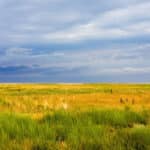


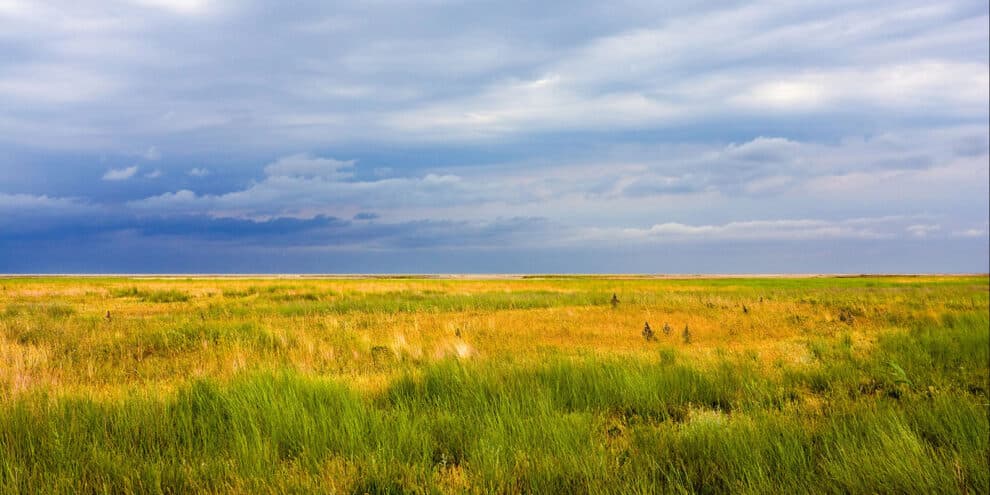
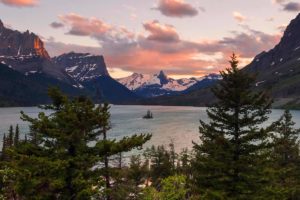
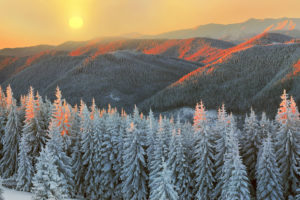
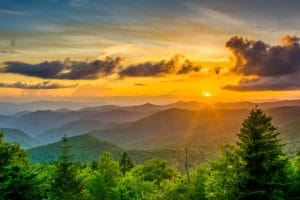
Under no circumstances should BLM be sold for the fat cat oil and mineral extraction companies can buy these lands and exploit them by draining their resources for their own personal gain. Nevertheless there is a housing shortage in this country and some of the land could be used to build responsible housing projects that are designed to minimize environmental impact as we have come a long way in being able to design housing that is more compatible with the surrounding environment and will not destroy same.